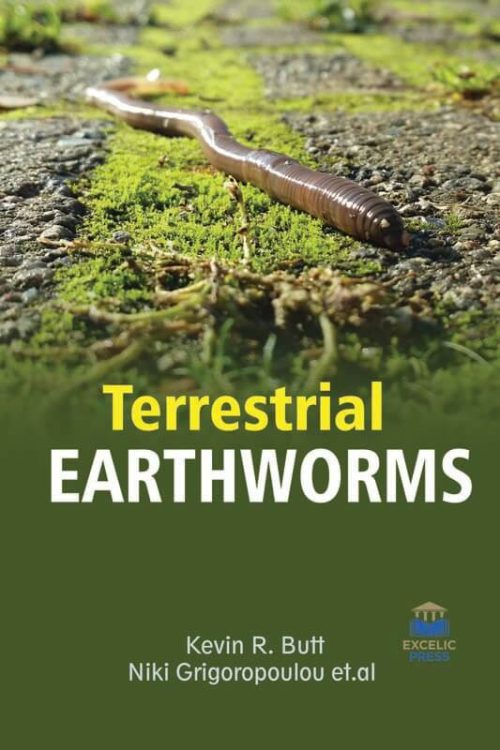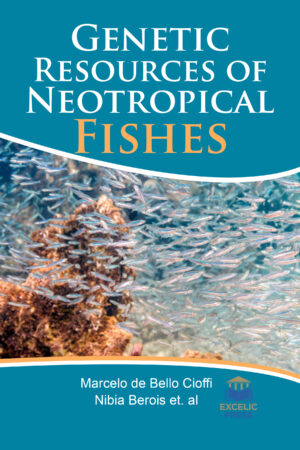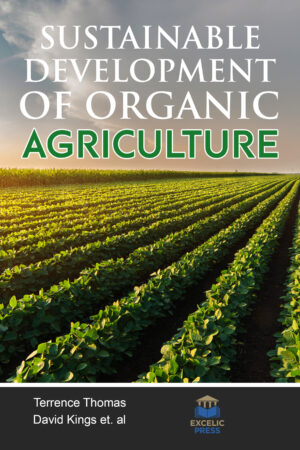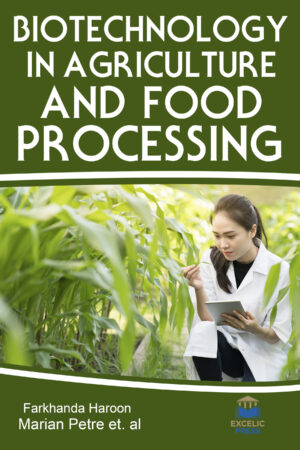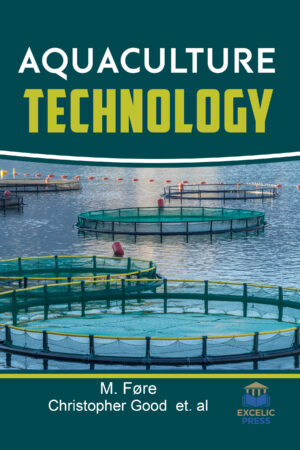Description
Earthworms are the true friends of farmers and are capable of increasing porosity and fertility of agricultural soil by their natural activity. Earthworms are responsible for soil development, recycling organic matter and form a vital component within many food webs. For these and other reasons, earthworms are worthy of investigation. Many technologically-enhanced approaches have been used within earthworm-focused research. The intimacy of human with earthworm has a long history. Hunter-gatherer mode of the lifestyle of primitive humans faced the challenge of the uncertainty of food for the alleviation of hunger. Primitive societies are thought to be solely dependent on the collection of natural resources from forest, river, and other water bodies for survival. Such resources included both plants and animals with nutritional and medicinal significance.
Applied aspects of earthworm research can also be achieved through the use of simple techniques to enhance population development and even population dynamics can be directly addressed with the use of relatively inexpensive, effective marking techniques. This book seeks to demonstrate that good quality research in this sphere can result from an appropriate application of relatively simple research tools.
Furthermore, it sheds light on Charles Darwin’s observations on the behavior of earthworms and the evolutionary history of a giant endemic species from Germany, lum-bricks basis; the role of earthworms in soil fertility maintenance through the production of biogenic structures; the role of earthworms in tropics with emphasis on Indian ecosystems; and the effect of earthworm population density and soil water content interactions on nitrous oxide emissions from agricultural soils.
Populations of the earthworm, Lumbricus rube-plus, are commonly found across highly contaminated former mine sites and are considered to have undergone selection for mitigating metal toxicity. A comparison of adapted populations with those found on less contaminated soils can provide insights into ecological processes that demonstrate the long-term effects of soil contamination. Contemporary sequencing methods allow for the portrayal of demographic inferences and highlight genetic variation indicative of selection at specific genes. It is hoped that the book will be of immense interest to students and researchers dealing with the associated field.

